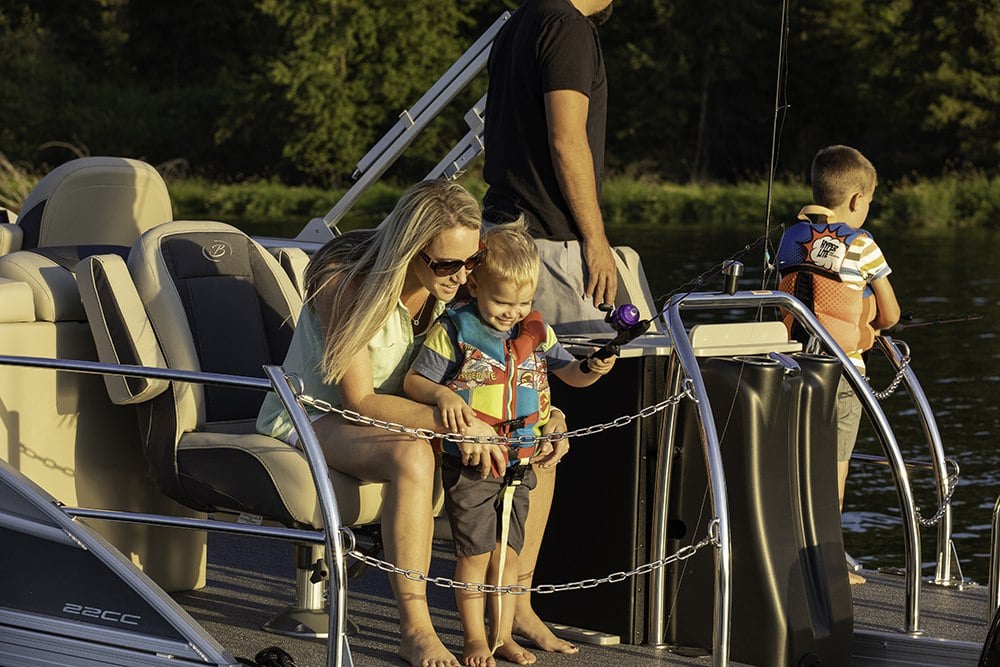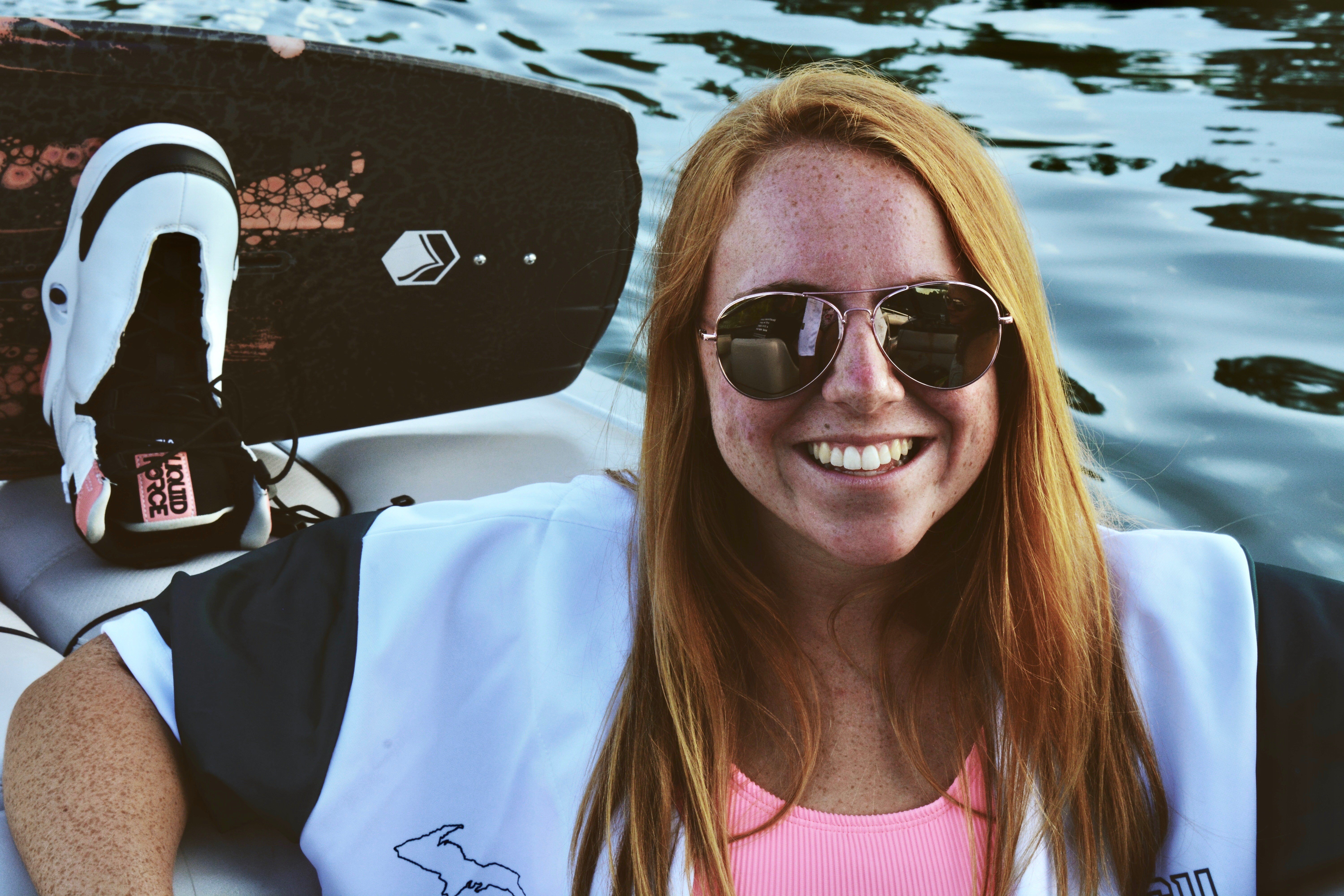The Guide to Boating Laws (Boater’s Education and More)
Boating laws vary among states, counties, and countries making it difficult to fully understand what is to be expected when traveling with your boat. There are also different laws pertaining to the size of your boat, the type of boat, and the number of people on board your boat. All these factors have to be taken into consideration when heading to a new place to enjoy the water.
Researching the body of water you plan to visit ahead of your trip is not only smart, but it's also necessary. You’ll need to know what gear you may need, the life jacket requirements, speed limits, and also safe boating areas. These regulations plus others could influence whether or not you can boat on a certain lake or river.
To make it easier, I am going to go over all the possible rules you may encounter so that you have a heads-up while researching the area. This guide is meant to make your life easier and guide you in the right direction to figuring out what is necessary to know and have with you on your boat.
Drive Safe on All Water
The number one rule on any body of water is to drive as safely as possible to keep your passengers as well as the boaters around you, out of harm's way. There are certain rules that pertain to all waterways and one of those is how to avoid a collision. You must know who has the right-of-way on the water at all times.
These are the most typical situations when encountering another boat. You need to know who has the right of way when approaching another boat head-on when overtaking another boat, when crossing paths and how to drive in narrow channels.
Knowing who has the right-of-way can save lives in an emergency situation. It should be something you have an understanding of when boating on any body of water. The good news is that it is pretty much the same throughout the world. Once you have this nailed down, you’ll be set.
[To learn more about who has the right of way in each situation, read the article - Who has the Right of Way on a Boat? (Rules of the Water)]
Other factors that fall into the category of safe driving would be functional navigation lights. These lights notify other boats that there is a boat present. It is crucial that these are functioning properly if you plan to be out after sunset. As a boater, I turn my navigation lights on just before dusk so that I’m prepared as the sun sets.
Along with functional lights, it is important to make sure the entire boat is working properly before heading out on the water. Make sure your boat is up to date on oil changes, impeller changes, and other general maintenance. It will save you time and stress when on the water if you have a functioning boat.
Required Gear Onboard
Making sure you have the correct gear on board your boat is just as important as following the laws of safe boating. You have to be prepared for each and every situation that could arise while out on the water with your friends and family.
Depending on where you are boating will determine what gear is required. In some cases, larger bodies of water require more gear than smaller bodies of water. Depending on the location, you might be required to just have PFDs on the boat along with standard safety equipment. Other areas might require more intense items such as flares and a radio to contact nearby boaters or the Coast Guard.
For example, you don’t need to have a flare on your boat on a small inland lake in Michigan. However, you do need to have a flare on your boat if you are on one of the Great Lakes in Michigan. The difference is good to acknowledge. Researching and purchasing all the gear you need will save you in the long run.
The gear required on your boat can differ from lake to lake. Be sure to research the body of water you will be boating on to ensure you have all the proper gear. Boating without the proper gear can result in a hefty fine and could be quite dangerous if a bad situation were to arise.
Boating With Children
When boating with children, safe practices should be prioritized more than ever. Many states require children to wear life jackets until they are a certain age. Federal law requires any child under 13 to wear a lifejacket while the boat is underway, however, the age is dependent on the state in which you are boating as state law may vary.
The reason this law has been put into place is to protect young children from drowning, especially those who have not learned to swim yet. Some states leave the decision up to parents whereas others implement strict laws when it comes to this.
No matter where you live and whether there are strict laws or not, you should always make the safest decision for children on board. Keep in mind that a child’s ability to swim may vary from others their age. A properly fitting life jacket should be available for every kid on the boat no matter how well they swim.
Towing Behind Your Boat
The next group of laws and regulations you’re going to want to check out are the rules pertaining to towing people behind your boat. This refers to any activities in which someone is being pulled by the power of the boat in one way or another.
Activities that fall into this list include tubing, waterskiing, wakeboarding, and surfing along with other watersports. The rules that have to do with towing activities are necessary to follow. It could mean as much as the difference between life and death.
Some states require skier down flags, some require skiers to wear a PFD, and some require spotters. It is important to know exactly what is required in the state you plan to boat in. Towing tubes behind a boat can be all fun and games until it’s not. It can be a dangerous activity if safety is not taken into consideration.
[Check out your state's local rules here: State Boating Laws (uscgboating.org)]
Swimmers
Many people use their time out on the water to enjoy a nice relaxing swim. This is something all boaters need to be cognizant of when cruising the lake. Sometimes swimmers drift a distance away from their boat without realizing it which puts them in harm's way. It is important to always keep an eye out for swimmers anytime a boat is stationary in the water.
Some states require you to use a skier-down flag if people are swimming in the water even if they are near the boat. This gives other boaters a quick warning that there are people swimming in the water and to take caution when approaching. Bringing awareness to the swimmer can save their life.
Everyone should be able to share the water whether on a boat or swimming laps. Swimmers cannot move nearly as fast as a boat can, making it hard to move out of the path of a dangerous driver. Keep this in mind the next time you’re behind the wheel.
PWC
Personal watercrafts (PWC), such as jet skis, fall into their own category of rules and regulations. This is because these are inherently more dangerous than your average boat. It is very easy to get injured or injure someone else when operating a PWC.
Many states require drivers to take a boater’s safety course to obtain their boaters license to make it legal for them to operate a PWC. Sometimes you don’t have to take a boaters safety course to drive a recreational boat legally, but it may be required to drive a PWC.
Every year people are injured from lack of knowledge on a PWC. They are a lot of fun but only if you truly know the laws and regulations surrounding them. If you break the law on one of these vessels, you’re likely to face some heavy charges. By ignoring the rules, you are putting lives in danger.
From personal experience, I know that the Coast Guard and DNR will pull someone driving a PWC over in seconds if they suspect any unsafe operations. Many people ignore the law on a PWC which is why officers are constantly on the lookout. Make sure to do the right thing and follow the rules and regulations of the body of water you are boating on.
Research and Understand the Rules of Boating
Understanding local and state-wide boating laws is imperative to the safety of you, everyone on your boat, and other boaters out on the water with you. Rules and regulations are put in place to protect boaters and keep everyone safe. It is necessary to follow these rules if you plan on jumping on board a boat.
Each state and local watershed has different laws, rules, and regulations. It will save you in the long run if you research in advance rather than finding them out the hard way. This guide explains all the possible areas that may have variations in laws.
Help keep boating a safe and fun activity. Do your part to ensure the safety of others and it will make everyone's time on the water more enjoyable and less stressful. Always plan in advance and figure out exactly what you need to know about the body of water prior to dropping your boat at the local launch.



.png?width=700&name=LC%20(1).png)